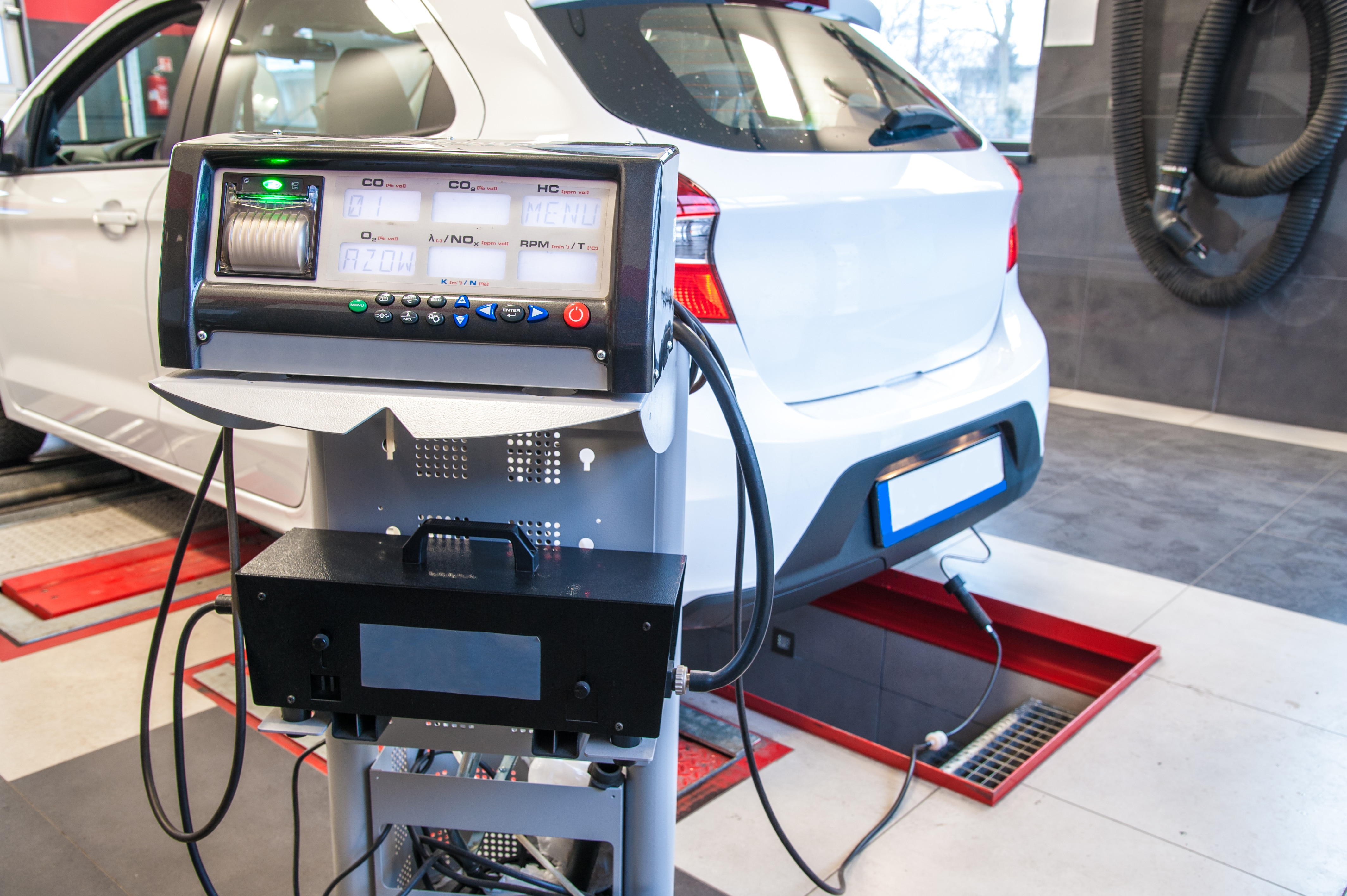Exhaust Gas Analysis

In 2019, road traffic accounted for around 40% of nitrogen oxide emissions. 30 years earlier, it was over 50%. This is all the more surprising, if we consider the fact that the number of registered cars has increased massively.

Vehicles of all kinds must be regularly tested for their exhaust gas quantity and composition. The maximum emission values differ depending on the standard in which they are approved. Particularly in the case of diesel engines, exhaust gas purification must be used to reduce the large quantity of nitrogen oxides. With the injection of urea and an SCR catalytic converter (Selective Catalytic Reduction), the nitrogen oxides react to form harmless nitrogen. Ever since the emissions scandal in 2015, exhaust gas tests must also be carried out under real driving conditions.

However, the new test methods that are employed while driving place higher demands on the measurement equipment. Strong vibrations and shocks must be tolerated. Axetris Infrared Sources can perform in difficult conditions and withstand vibrations and shocks without a loss of performance or characteristic changes. In addition, the IR Source promises high modulation frequencies up to 100Hz, which enables extremely high-resolution real-time measurements. With their compact design, measurement devices can be realized in very small sizes; making the Axetris IR Source particularly suitable for mobile measurement methods.